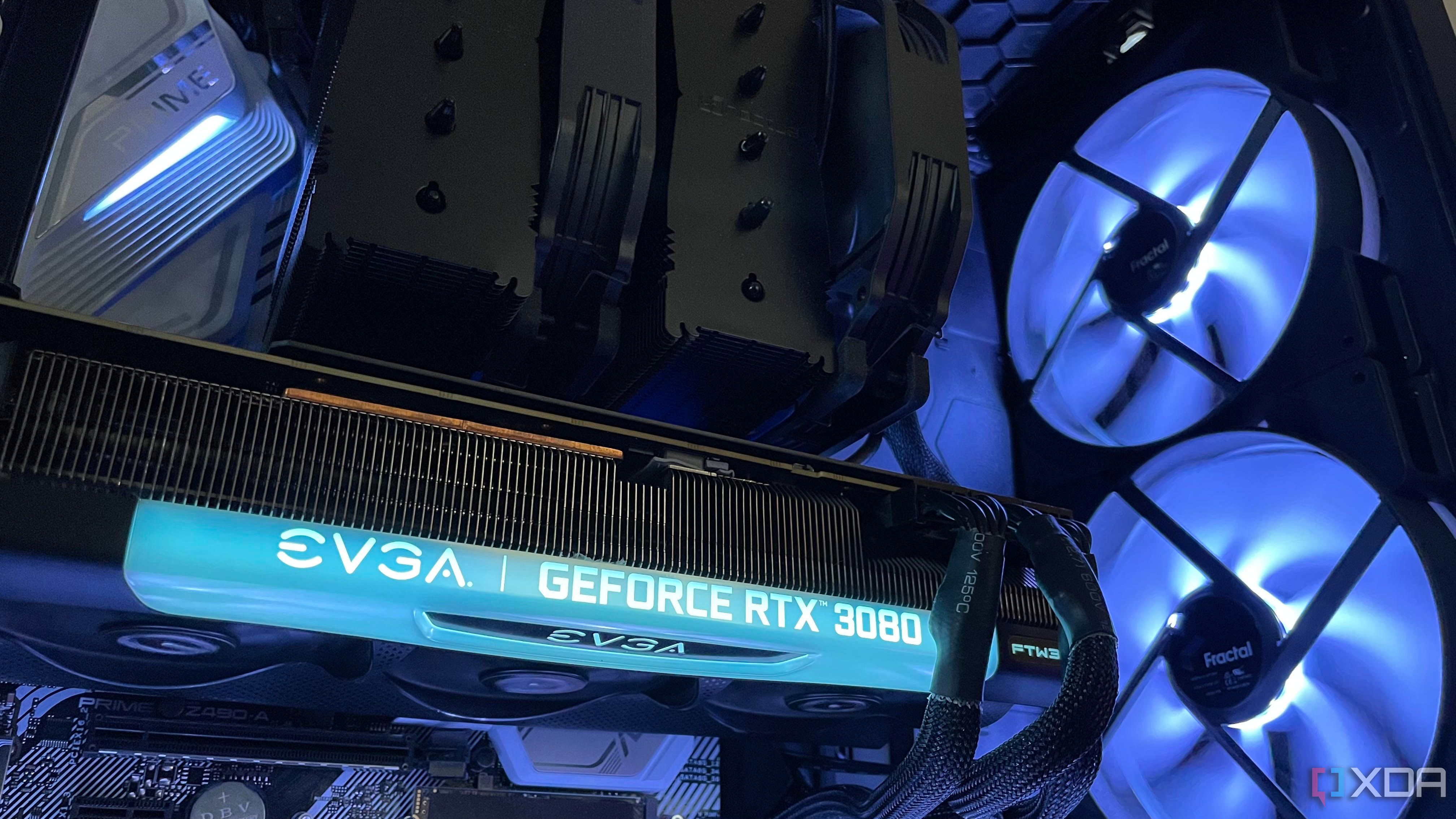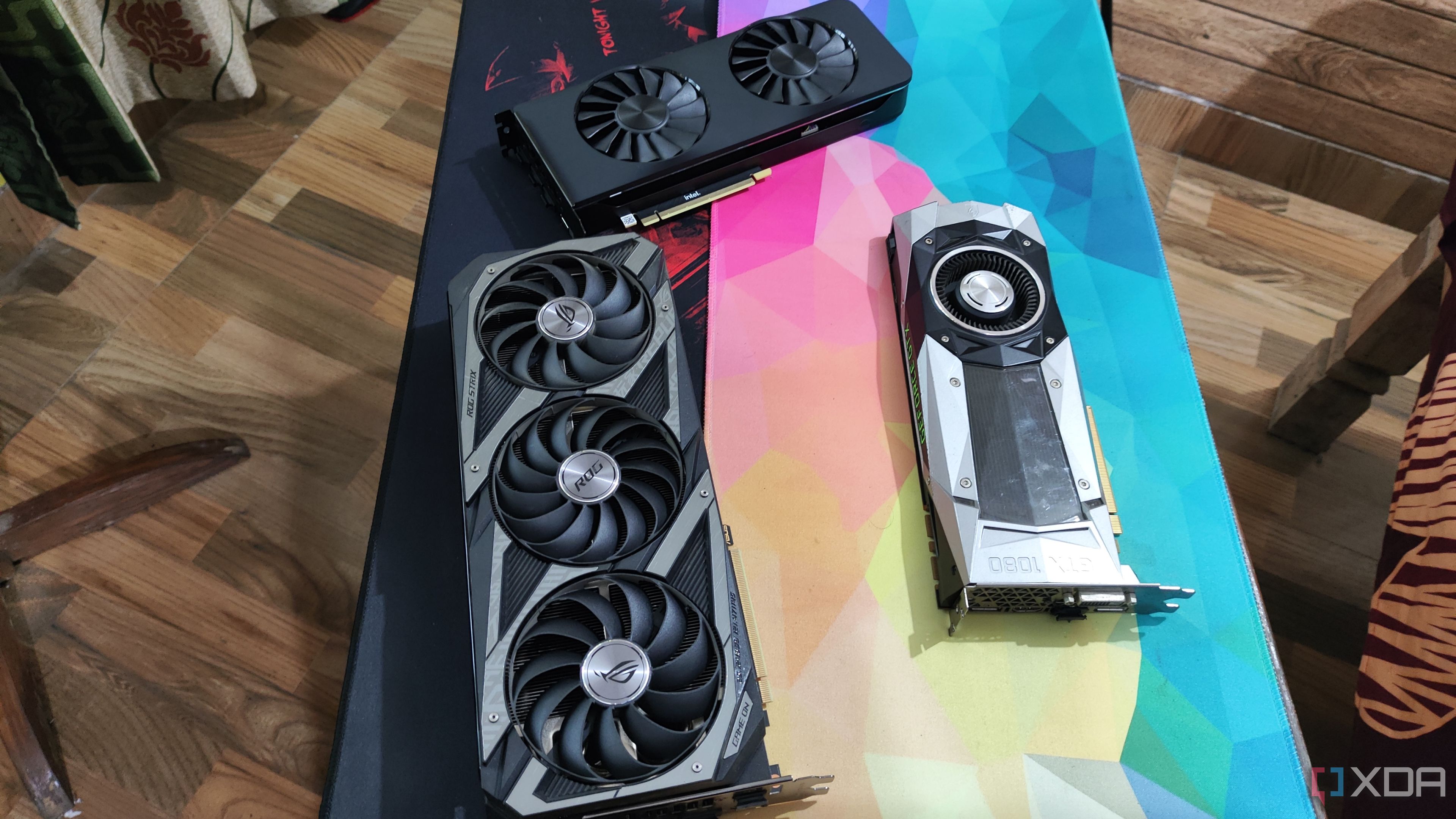The current GPU landscape is a rather grim one. While GPU prices are slowly starting to fall for the cards underneath their flagship big brothers, it’s still incredibly difficult to find a reasonable price on a new graphics card in 2025. While you could settle for a lower-powered card that’s from the newest generation, the alternative is to dodge scalpers altogether, and grab a card from a previous GPU release.
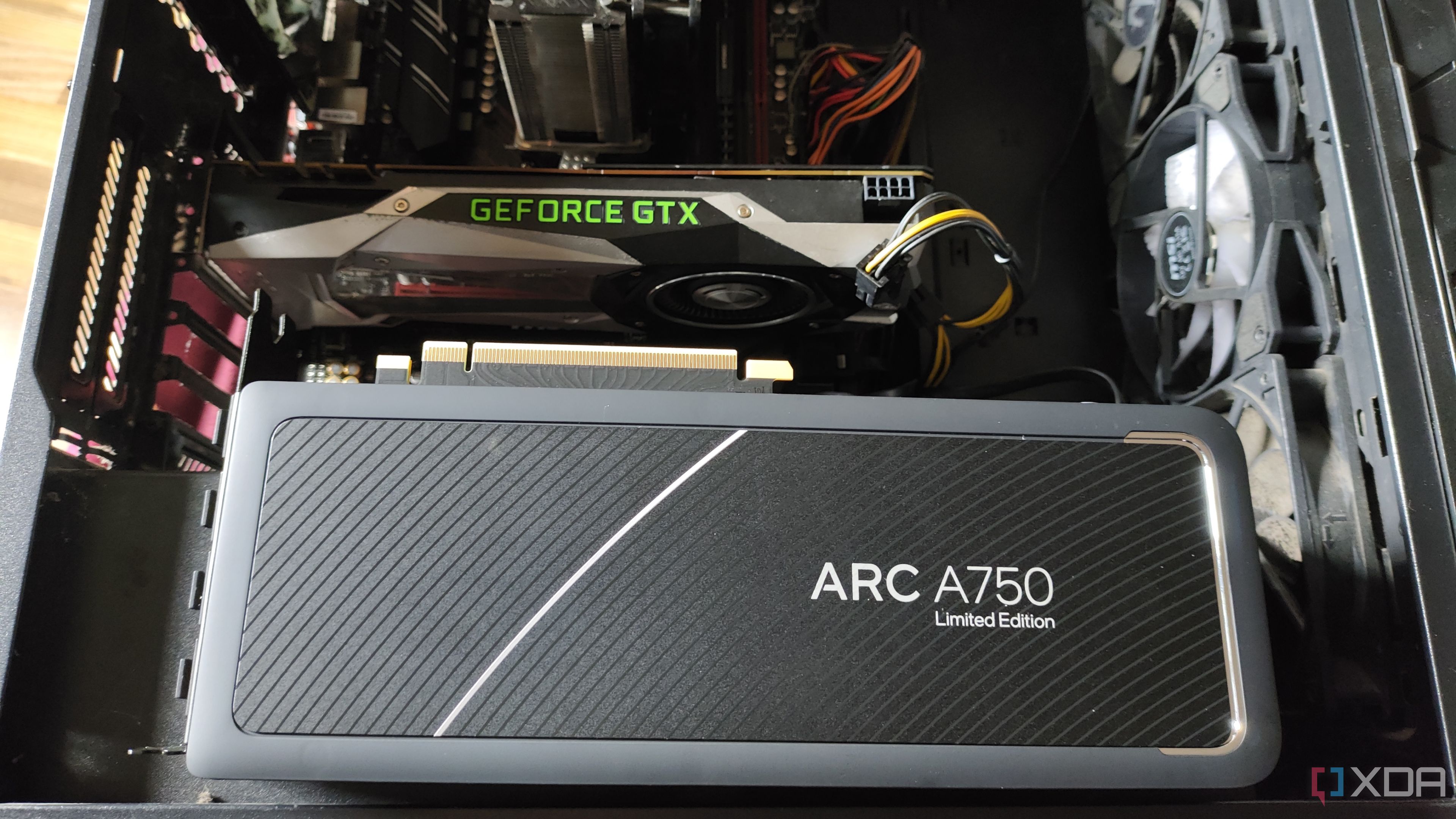
Related
5 reasons why your next GPU should be pre-owned
Buying used is an excellent way to breathe life into your build without breaking the bank
Current gen GPU prices are still marked up
Even first-parties are still selling for scalper prices
There is currently no way to get your hands on essentially any of the RTX 50 series cards for MSRP. That’s just not happening, and even when you do find one without an egregious markup, it involves entering a raffle, or it gets bought up within seconds. Manufacturer stores and retailers alike are pricing GPUs way above their launch MSRP, and while, yes, prices are coming down for some of the cards, there’s no guarantee they’ll keep falling. The AMD side of things is a little bit better. The RX 9000 series stock seems to have stabilized quite well, albeit still at a little bit of a markup for most cards.

Related
3 reasons you shouldn’t care what PCIe generation your GPU is using
PCIe 3.0, PCIe 4.0, or PCIe 5.0 — it doesn’t matter
Older flagships just might be the way
These cards are still kickin’
Everyone that’s buying a used card will want as much performance as their money can buy, but some cards will just be off the table. Most RTX 40 series owners will still be happily trucking along with their GPUs at this stage, especially those that bought the flagship 4090 and 4080 cards, but that doesn’t mean some of them won’t be out on the pre-owned market. Finding a deal on these more recent releases can be all about patience and haggling. While I don’t condone lowballing people, seeing if someone will take a little bit off the price is always worth an ask.
Older flagship cards, like the 3090s and 3080s, will be available in much greater stock and are still more than enough for most games. At 1080p and even 1440p, those cards have more than enough juice to power you through pretty much every title released in the last few years. You might need to tweak settings to get the newest games to run well, but these cards can still hold their own in 2025.
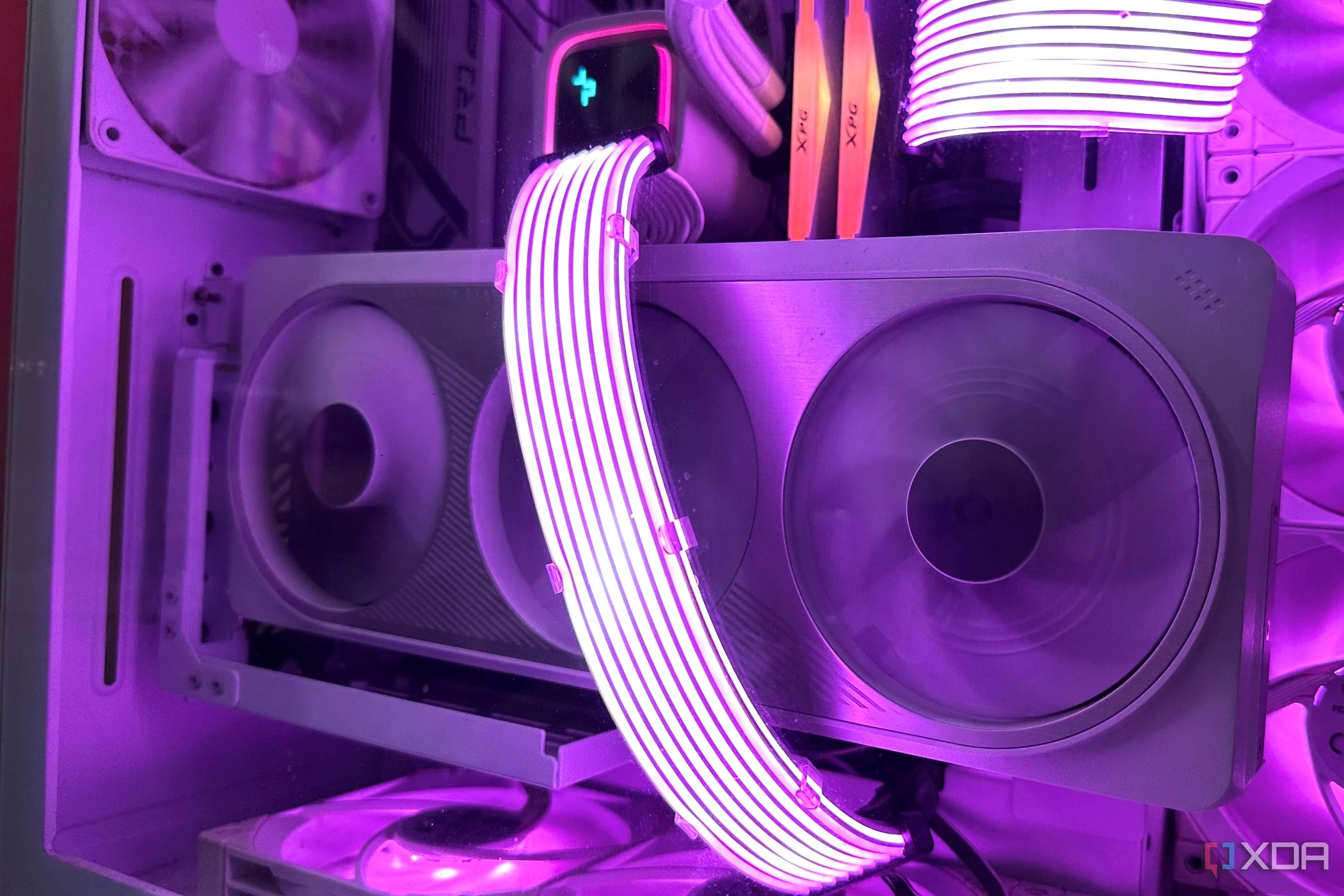
Related
Nvidia’s tight rope pricing is finally starting to fray
Gamers may want the cards, but not at these prices.
Older generations can’t provide some modern features
You’ll have to go without new FSR and DLSS features
The most glaring downside of buying a GPU from an older generation is the lack of modern software features. In both AMD and Nvidia’s software suites, the newer supersampling and frame generation technology is limited to the newer cards. Older generations still have access to the actual supersampling settings, but anything newer won’t be available.
In addition to this, as games become more reliant on ray tracing, the less effective your older-gen card will be. Older AMD cards can be a great bargain, but they will be especially susceptible to this kind of performance decay, as they aren’t strong in ray tracing to begin with. RTX 20 and to some extent 30 series flagships will also struggle with RT-heavy workloads. Power consumption will also be considerably higher on older cards, as their efficiency is significantly worse than on newer cards.
There’s also the elephant in the room: buying used cards does come with significantly more risk. In most cases, the manufacturer’s warranty will have expired, and you won’t truly know how well the previous owner took care of the card. If the cart goes kaput, you’re on the hook for a new one.

Related
5 ways DLSS, FSR, and XeSS are the perfect solution for SFF gaming PCs
Here’s why you won’t need the most powerful GPU for your compact gaming PC.
The price-to-performance beats out any potential performance decay
At least, for now
Despite any concerns about durability, the value proposition of paying for a pre-owned card versus a brand-new one for scalped prices is compelling to say the least. Sure, ray tracing performance suffers tremendously the older you buy, but the performance you’ll see in raster workloads is more than enough for right now in most scenarios. Prices will vary a lot for older cards, but you can certainly find them at a great bargain if you have a good eye and use a little bit of patience.
Games will continue to use more and more baked-in RT features that place heavier loads onto GPUs, but until it’s a requirement in every game, there’s no reason to prioritize RT performance. Unless you really appreciate the way it looks, or you’re planning on playing a game that has forced ray tracing, then in which case it’s probably best to buy a new card anyway.
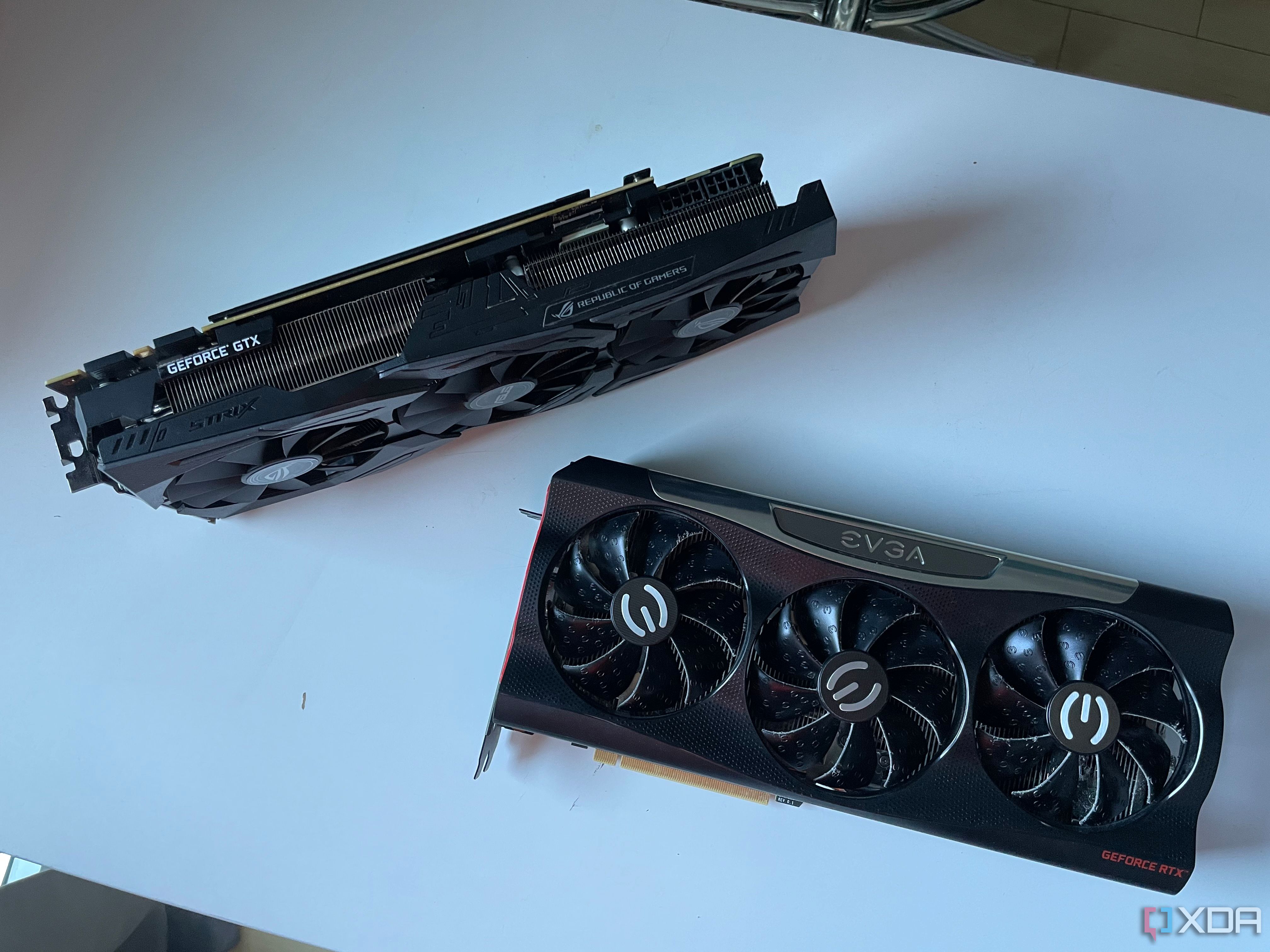
Related
5 GPUs that will be worth buying pre-owned in 2025
If you can’t get one new, don’t sleep on grabbing these 5 GPUs on the used market.
Buying an older flagship can be a great alternative to buying a new card lower in the stack
Buying a card from one of the recently released generations can not only cost you more, it can sometimes leave you with less performance today. Of course, newer cards will age a bit better than those that have already been long in the tooth, but a card from generations of yesteryear can not only be great value, but a compelling performer in today’s games and productivity workloads.


